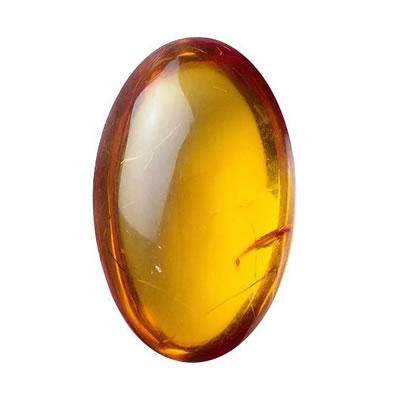Aventurine

Aventurine jewelry
Etymology and history
The name aventurine derives from the Italian "a ventura" meaning "by chance". This is an allusion to the lucky discovery of aventurine glass or goldstone at some point in the 18th century. Sometimes is called also sunstone.
The term aventurine is derived also from the name of the ancient Greek town Aventor in Asia Minor.
Aventurine description
Aventurine is a form of quartz. The most common color of aventurine is green, but it may also be orange, brown, yellow, blue, or gray. Chrome-bearing fuchsite (a variety of muscovite mica) is the classic inclusion, and gives a silvery green or blue sheen. Aventurine quartz is sometimes classified as a rock since it contains more than one type of mineral. It is largely quartz, but also contains fuchsite (a type of mica) or hematite. The aventurine containing fuchsite is a medium to dark green with a silvery green or blue sheen. Aventurine with hematite is typically red-brown or gold-brown.
Aventurine in jewelry
Most material is carved into beads and figurines with only the finer examples fashioned into cabochons, later being set into jewelry.
Occurrence
Aventurine is found in India, Chile, Spain, Russia, Brazil, Austria, and Tanzania.
This mineral is often mistaken for amazonite or jade.
Talk to Our Jewelry Experts
Monday to Friday from 9AM to 5PM EST













